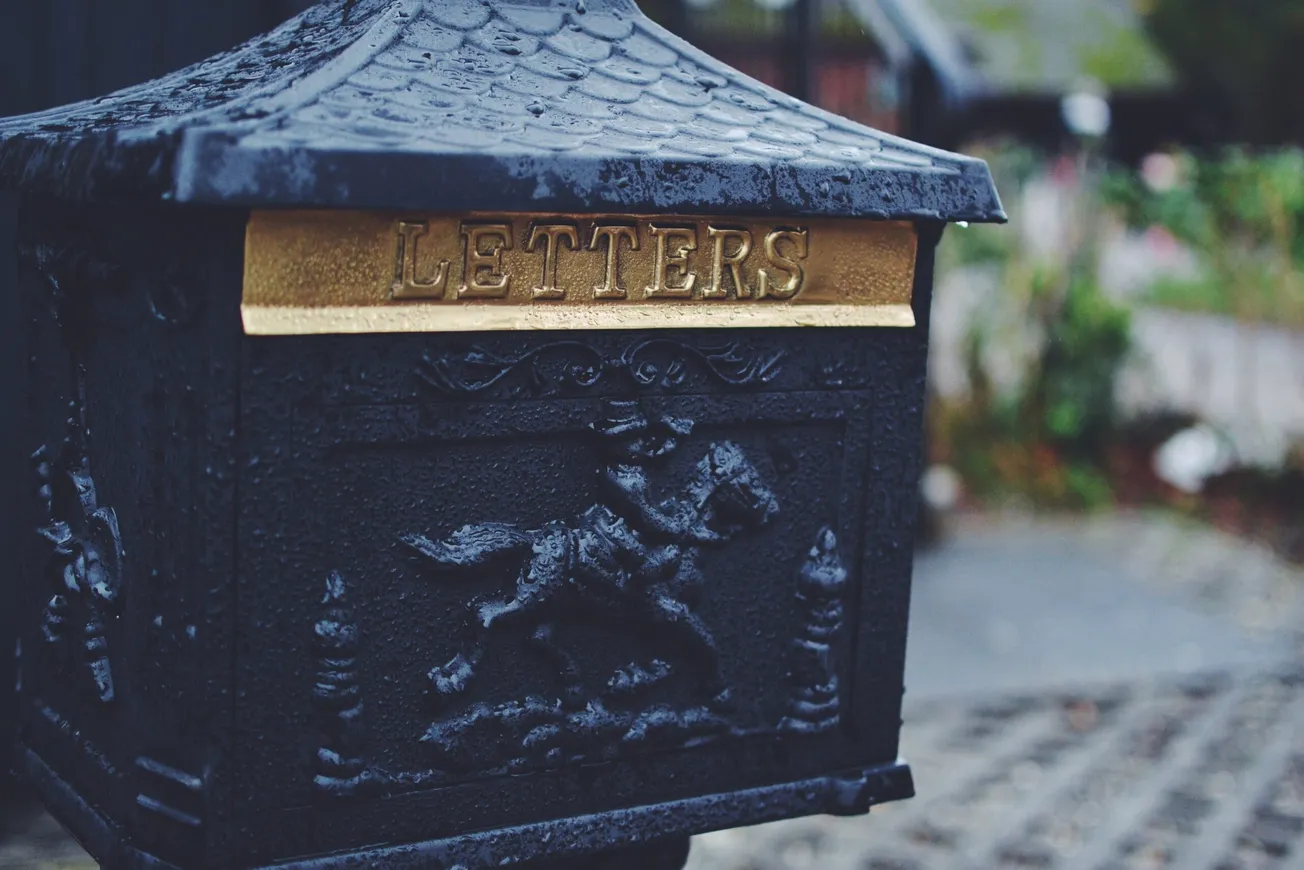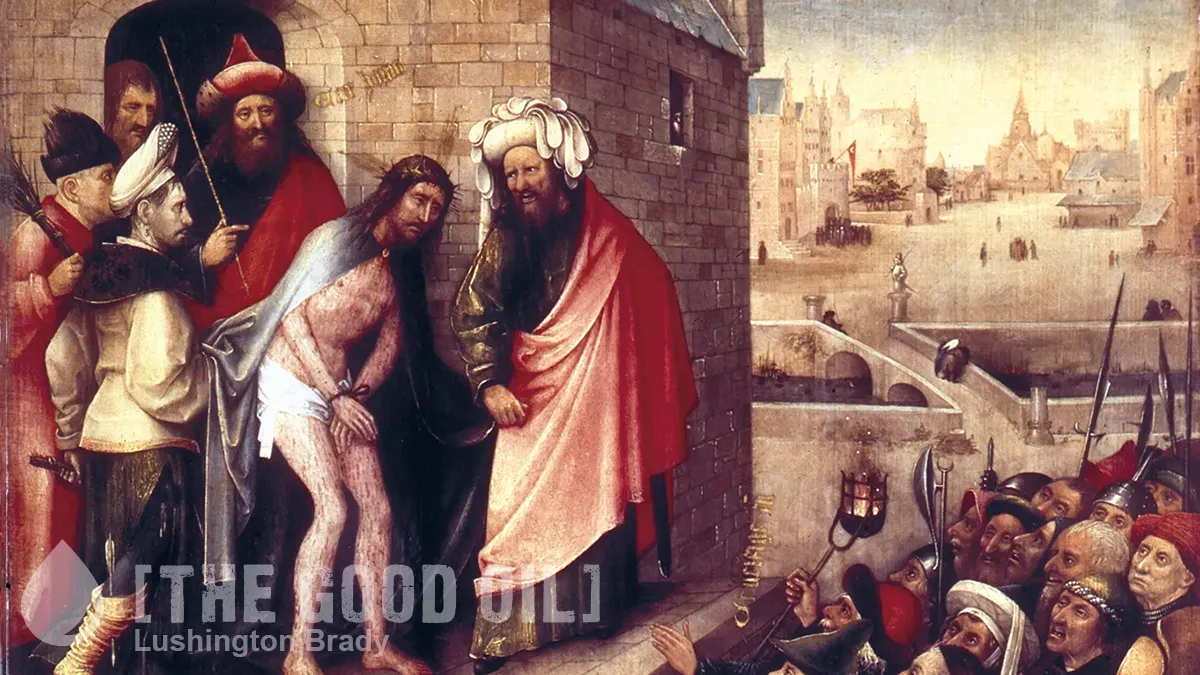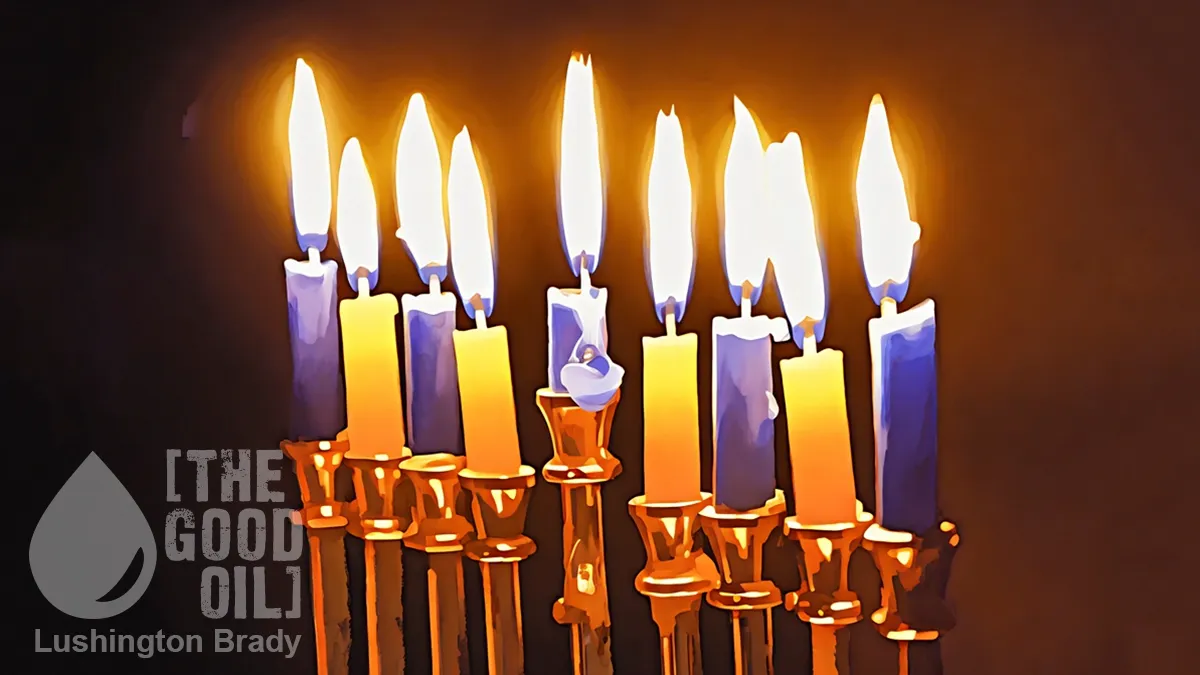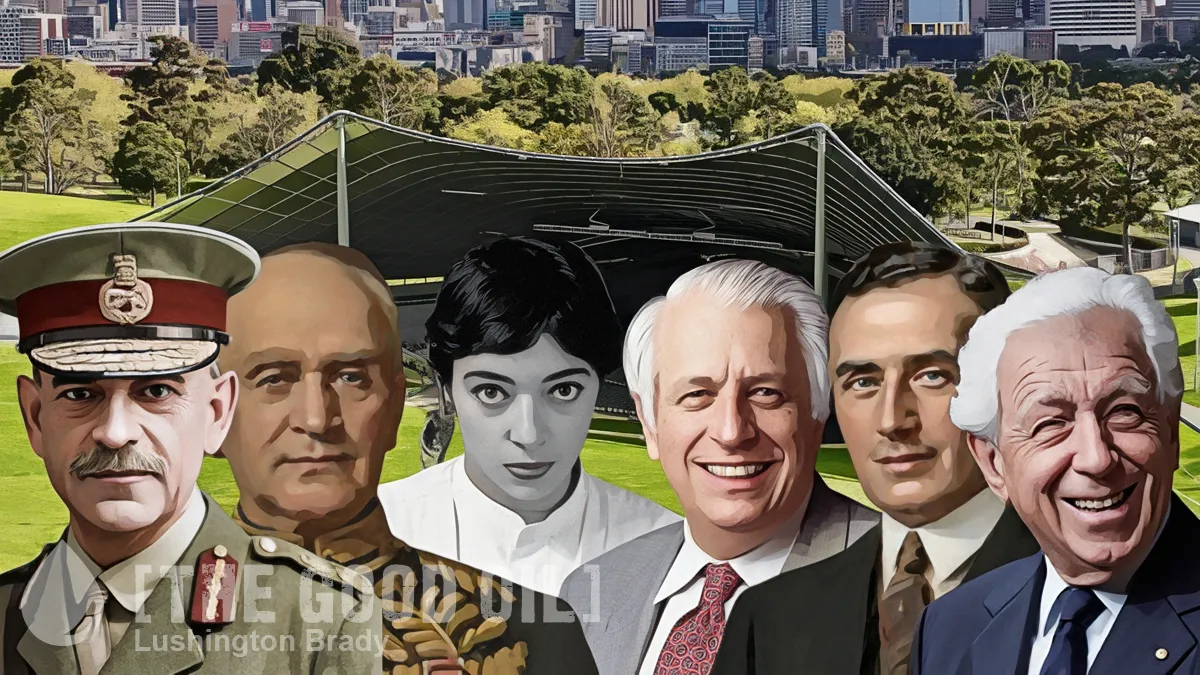May 13th, 2024
As a break from the usual political and social commentary from the UK, I thought it would be an interesting digression to share some family history. The search of my family history unearthed some interesting (well, interesting to me) details of that history. It turned out to be a fascinating social commentary of the years gone by.
On my paternal grandfather’s side, the family has been traced back to York, with most of the family being rural labourers, but some made the grade and became farriers and blacksmiths. The earliest record found is of my great, great etc etc grandfather in 1535. This then meanders its way, with the family always living near York. By the early 1800s, the family had become solid artisans serving the agricultural community. Something must have happened because in the 1860s one branch of the family upped sticks and emigrated to Canada, settling in Dufferin County just west of Toronto. They farmed smallholdings and were successful in a petit bourgeoisie way.
Two sons were born in Canada and by 1870 they were well established in Toronto. The Grainger family, who rented a farm near the present-day intersection of Avenue Road and St Clair, had viewed a stage production of Uncle Tom’s Cabin. The two boys, Albert and Edwin, adopted the names of two characters as their middle names as each boy had no given middle name. Edwin added Norton to his name, and Albert chose St Clare, although he used the incorrect spelling of St Clair, as it was used in the theatre program.
As a joke, Edwin and Albert made street signs using their names and posted them at the current junction of Yonge Street and St Clair Avenue. The St Clair sign survived for a while and the name became adopted as the official name for the 3rd Concession Road. The name persisted and today St Clair Avenue is the main east-west thoroughfare through the middle of Toronto.
The 1860s were just at the start of the end of the golden age of British agriculture so something must have happened near York to trigger the Graingers moving to Canada. In 1863 one of their brothers Matthew Grainger and his family emigrated as well, this time travelling on the good ship Brothers’ Pride and arriving in Lyttleton in December 1863. Another brother followed Matthew to New Zealand also settling in Canterbury. Their descendants have spread throughout New Zealand, being mostly concentrated in Taranaki, Auckland and Northland.
The maternal grandmother’s side was interesting too, with a strong military background. She was also born in York but was possibly conceived in Pretoria. Her sisters (my great Aunts) were born in Meerut, near Delhi, Gibraltar and Rangoon (Yangon). The mystery is solved by her father and his brother serving in the British army. Because of this, when I worked in Yangon, I was told that because of my great aunt, I was an honorary Burmese and allocated a Burmese name – Thet Aung Kyaw.
My wife’s family dates back just as far, but ancestors can be traced through the local churchyard where many of them are buried. In the 17th century, the vicar was Jonathan Swift’s grandfather, Thomas Swift, an ardent Royalist. Thomas’s estates were confiscated after the civil war and his family emigrated to Dublin. Although not directly related, he administered to the ancestors. The other side of my wife’s family originated in Devon and can be traced back to Bill Brewer. He was mentioned in the well-known old English song, “Tom Pearce”, better known as “As I was going to Widecombe Fair”.
There is so much more in the family that is interesting and makes me want to research even more.
Finally, one branch of my paternal Grandfather’s side can be traced to Sussex in the early 19th century, and whilst the link is not yet proven the research is pointing to a probable link to a certain James Stuart Freeman.
This gentleman relocated to New Zealand and was integral to the production of the Treaty of Waitangi.
All this in just one family, but we shouldn’t forget that all the others that aren’t mentioned were just ordinary citizens trying to have a happy life.









